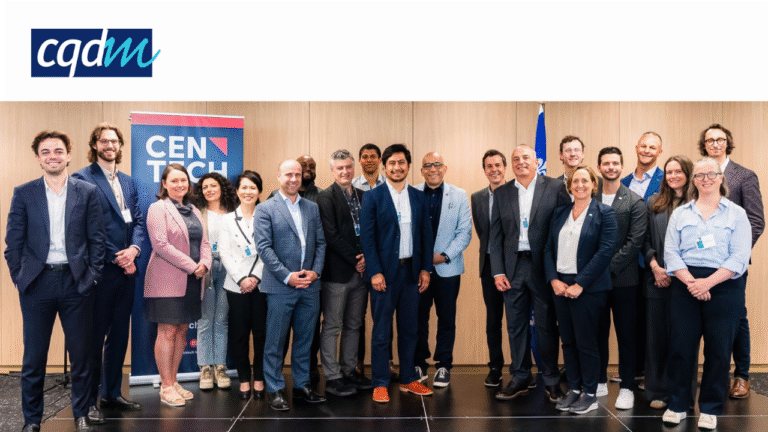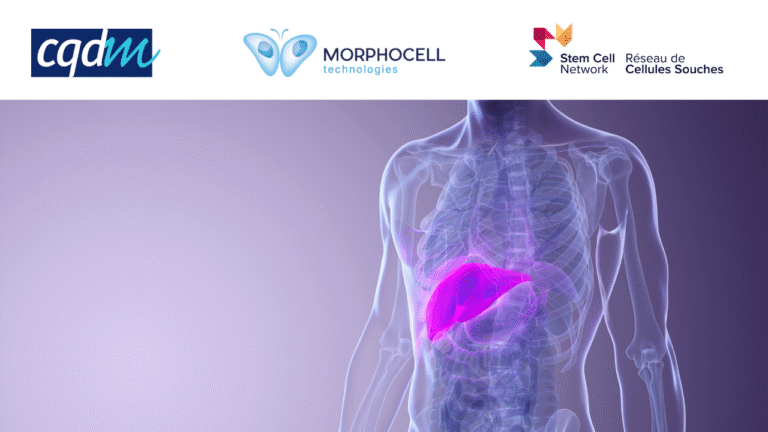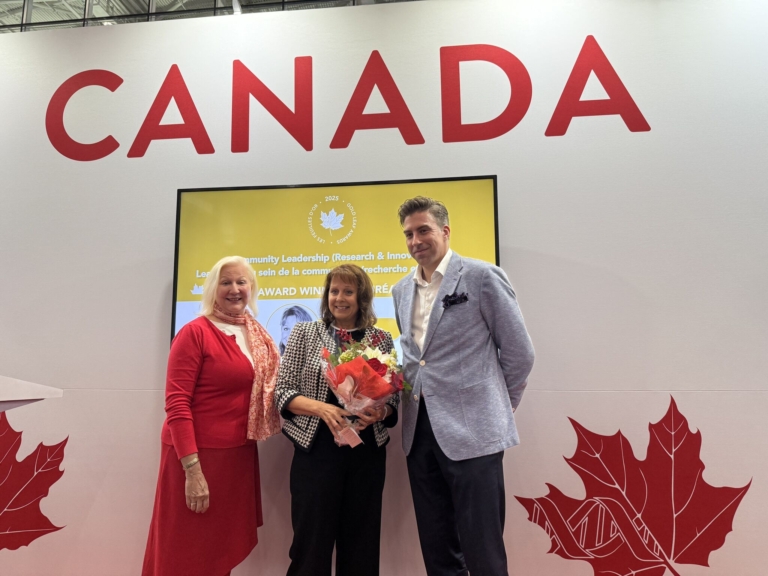Challenge: Protein misfolding and aggregation are implicated in diverse neurodegenerative diseases, such as Alzheimer’s, frontotemporal dementia, Parkinson’s, amyotrophic lateral sclerosis (ALS) and other chronic diseases such as diabetes. Currently, only cell-based screening assays have been designed and used in the discovery of new therapeutic molecules. However, these assays are limited in representing disease models because they do not consider the entire cerebral and nervous system. Hence, the development of in vivo screening platforms is necessary.
Solution: Zebrafish models were designed to recapitulate key features of many neurodegenerative diseases by providing a whole vertebrate system. The team focused on the generation of new ALS and Alzheimer’s (Tau pathology) zebrafish disease models using CRISPR/Cas9 genome editing. The researchers also developed a robotic high throughput zebrafish embryos screening platform to accelerate in vivo screening of small molecules in these disease models. The platform included readout
methods based on fluorescence, luminescence or behaviour.
Achievements/Impact: Using this screening platform, two new potent molecules against Alzheimer’s disease were identified and validated in zebrafish locomotion behaviour and neuromuscular junction assays. Using the platform, Treventis was also able to quickly identify lead candidates against ALS and confirmed their activity in the unique ALS model developed in this project. Furthermore, a class of neuroleptics (including pimozide) that restores motility in zebrafish was also identified and lead to a short randomized controlled trial (RCT) on sporadic ALS subjects with a large national RCT currently in progress. Pimozide demonstrated stabilisation of motility and evidence of target engagement at the neuromuscular junction in these patients. Results generated during the project allowed the co-investigators to obtain close to $4M in grants and was instrumental in the creation of Danio Design, a service company generating new zebrafish genetic models.
| Principal Investigators: Xiao-Yan Wen St-Michael’s Hospital Pierre Drapeau Université de Montréal |
| Co-investigator Chris Barden Treventis Corporation |
| Completed Project |
| $910,000 $ / 3 years |
| Supported by CQDM through: – AstraZeneca – Merck – Pfizer – BL-NCE – MEI |
| And by co-founding partners: – OCE – Treventis Corporation |




